As an Amazon Associate I earn from qualifying purchases.
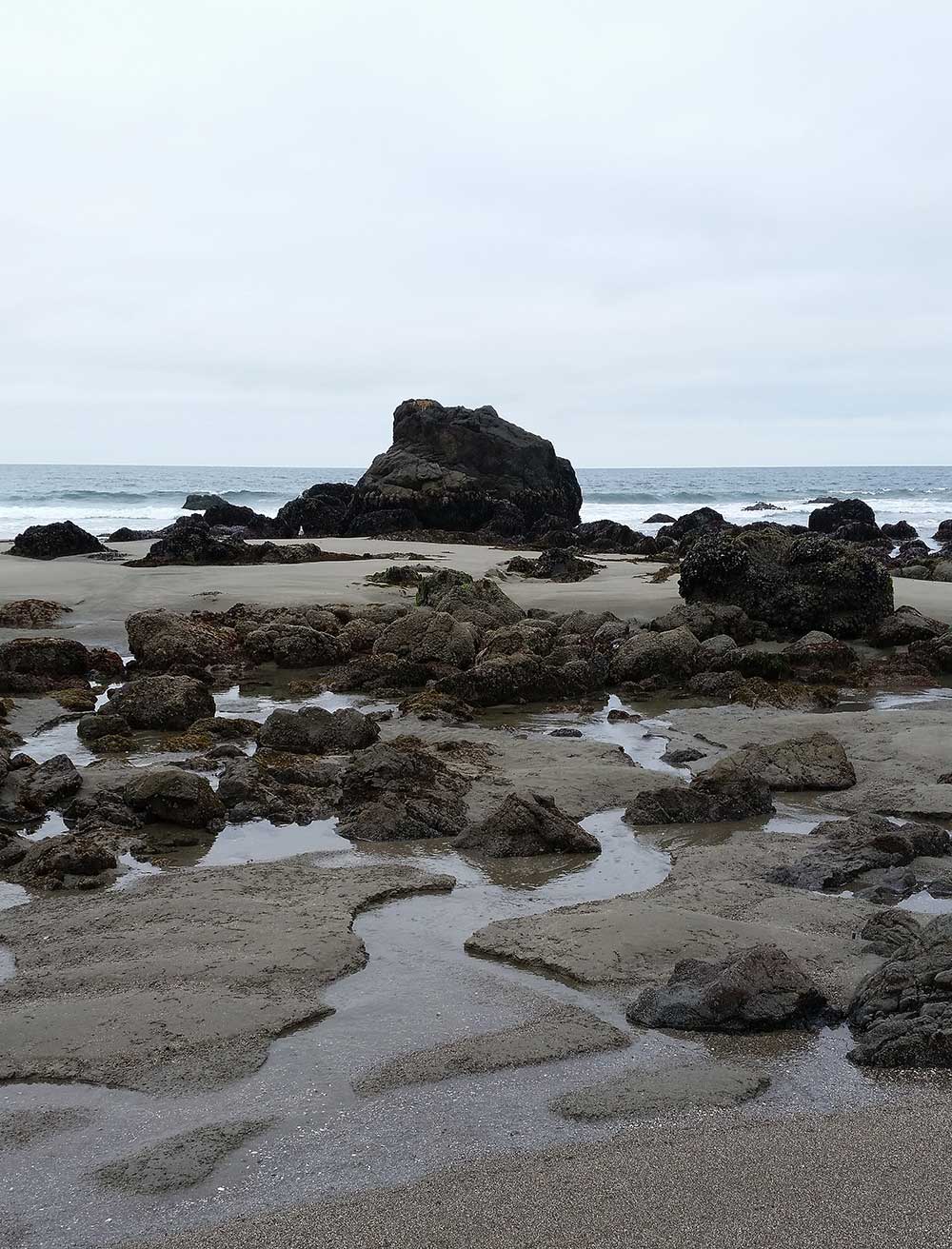
For as long as I have been me, I have collected the detritus of the sea.
Shells of tiny whelks and oyster drills. The calcified husks of sand dollars or sea urchins. Jingle shells. Sea glass, each with an unknowable story of how it entered the ocean to be tossed about, burnished and softened over time. Mostly white, green or brown, a fleck of cobalt sea glass I found on a beach on Block Island decades ago remains one of my prized possessions, for reasons my conscious mind cannot fathom.
But these were merely what I put into my pockets. The real draw of the place where ocean meets land is its living edge: the tidepool.
Sometimes it is merely a depression in the beach that became a shallow lake. A lake teeming with sand fleas, minnows of indeterminate species, seaweeds and the always entertaining hermit crab. In New England and along the North Pacific, sand gives way to stone. Boulders and crags litter the littoral landscape like forgotten dice tossed there by unseen giants.
These stones trap pools of water, and by so doing serve as bulwarks for an array of wonder.
Seaweeds of endless variety. Crustaceans ranging from barely visible to alarmingly large. Lots of fish, some tempting. I once found a rubberlips perch big enough to eat, if only I could have caught him. Snails — turbans in the West, winkles in the East — dot every hard surface; to me they’re like money scattered on pavement. Mussels jostle for position on the ocean faces of the boulders, grudgingly making way for the bizarre (and delicious) gooseneck barnacles, which remind me of the 1950s saddle shoes my mom once had in her closet.
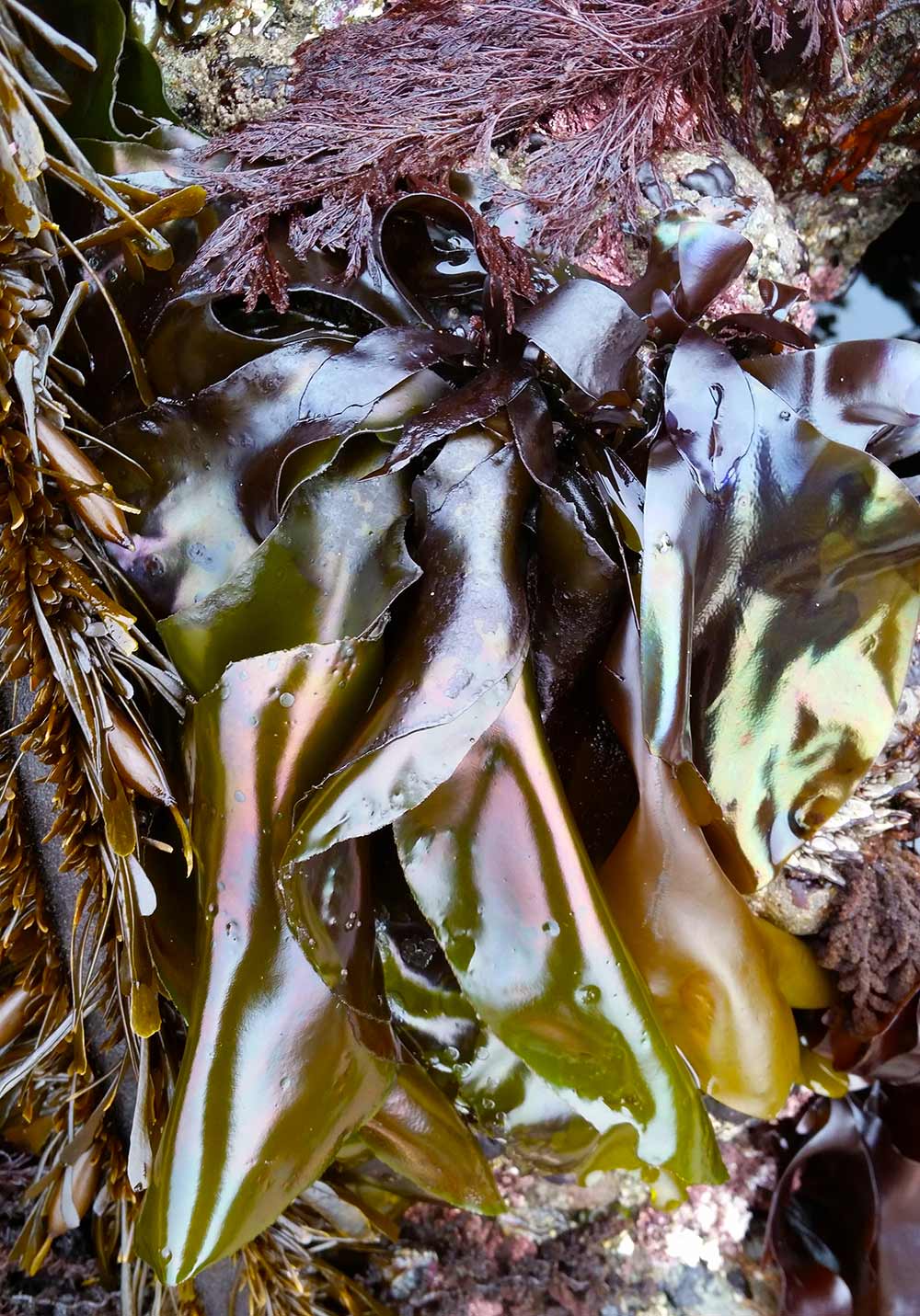
I move through this kaleidoscope as I always have: As a child.
Some of my earliest memories are of tidepools. The boom and hiss of waves large enough to kill. The minerality of the air, a saline bite that mingled briny life and the reeking, iodine rot of decaying kelp or crabs. Or, once, a large hunk of whale.
An inexorable descent into a coating sandiness that I knew even as a child would take all day — or a proper, indoor shower — to fully remedy. The step-sink-slip, the tightening calves and exfoliating rasp of the sand that are the price, and the gift, of walking long distances on a beach. And there is always that clammy chill hovering over the pools, even in high summer.
The game is always different in the pools, but there is always action.
A gigantic Dungeness crab trapped by the tide. It’s dim semi-brain fully aware that a large, hairless monkey is staring at it, thinking about crab cakes. It does its best to hide under some kelp, and the hairless monkey wavers. Mercy? Or a realization that grabbing a two-pound crab with bare hands can quickly go south if you’re not careful. Ah well, it’ll still be there in an hour. Enough time to think.
Another pool. Movement. Hermit crab? No, giant sand fleas, some nearly the size of a thumb, clumped in a scrum. Only two things get organisms this worked up: Sex and food. Hard to tell whether the fleas are eating a dead member of their tribe or gang-raping a female. I resist the urge to squash them and move on.
A boulder, taller than I am, completely covered in Pacific mussels. Enough to feed a Belgian soccer team if this were winter; mussels are quarantined in California’s summer because they filter in toxins that can either paralyze you or give you a bad case of amnesia. Or both. I forget. The coastal Miwok Indians who lived here a century ago posted sentries along the beaches to warn travelers from inland who might be tempted to partake, which was quite the public service, all things considered.
One mussel in particular stands out: It is far larger than my hand and is the biggest mussel I have ever seen. I gag involuntarily at the thought of eating it whole, but pureed this singular bivalve might make a nice portion of the classic French soup billi bi. I make a mental note to return in winter.
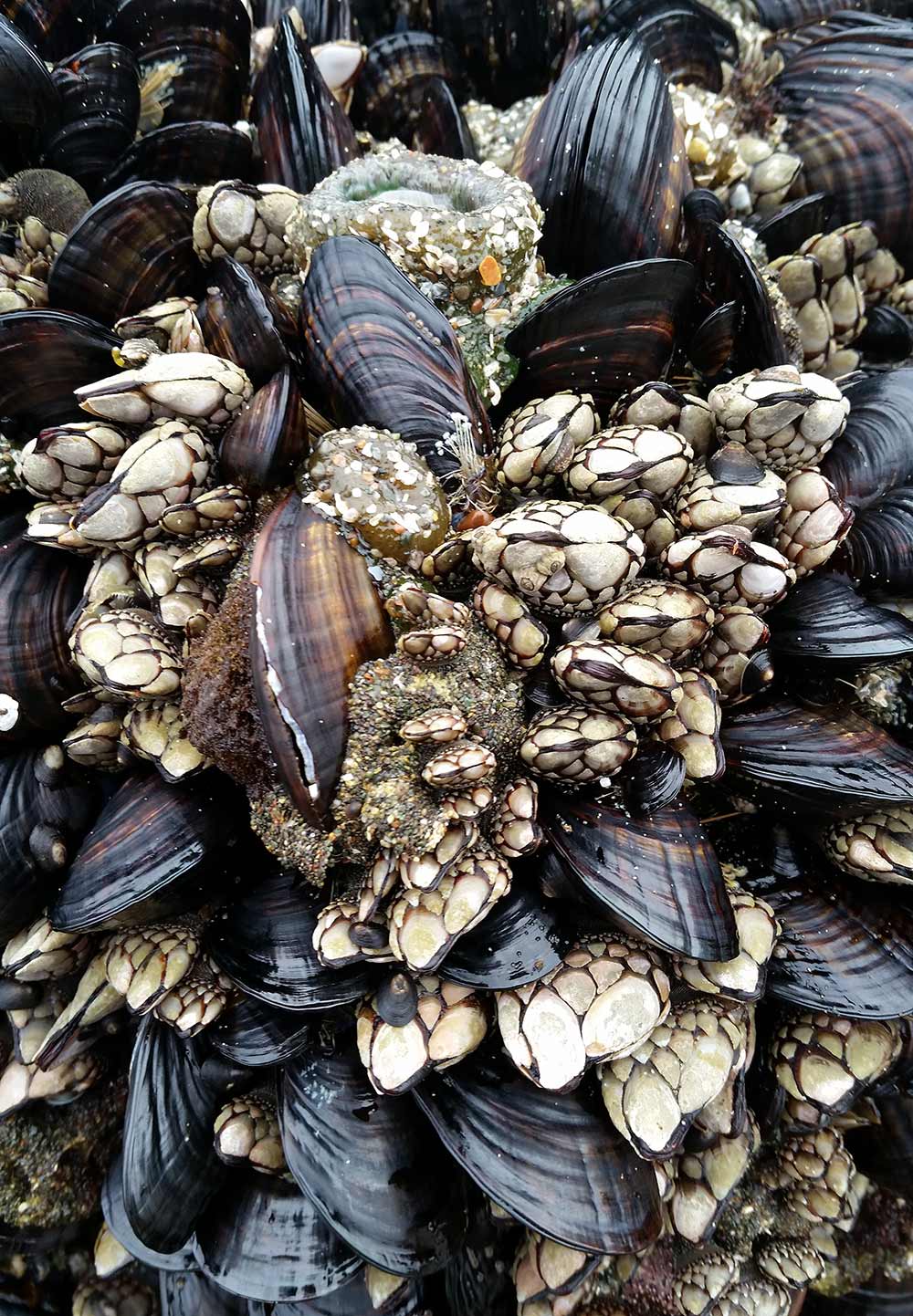
I sit atop a rock and eat a peach, mesmerized by the synchronous undulations of two dozen species of seaweeds sporting names like feather boa kelp, witch’s hair and the unpleasant sounding fucus. Most are a drab olive, but a few shine like red wine in the sun and one, the pungent-yet-tasty sea lettuce, stands out a lurid, St. Patrick’s Day green. I fill my bags with the choicest varieties, and return to confront the crab.
He has forgotten me. (Crabs are not known for their long memories.) Even better, he is looking the other way at some yummy dead thing as I approach. In a flash I grab him right at the center of his behind — a spot I know from experience he cannot reach with those gigantic crushing claws of his. Crab in hand, I face a conundrum.
I have no bucket with me, just a tattered backpack. I do have a bucket in my car, however, which is about a half-mile away. Worth it. So, writhing, angry crab in hand, I start back toward home.
A final look. The tide is returning, linking all those little pools together again. A lone scoter duck paddles through, eyes intent on clams or crustaceans below it. I inhale as deeply as I can. I want to feel the salt air deep in my lungs one more time.
Each step toward the car ages me. A child no more, I return in full middle age, calcified cares clinging to me like those mussels. I drive the two hours home in silence. Thinking. Thinking about the angry crab in the back, the seaweed, the saltwort I’d picked in the dunes. Thinking about how tidepools constantly swirl about in a treasured corner of my mind, rising unbidden when I seem to need them most.
And then I thought of putting all these things onto a plate. This is what came up with.
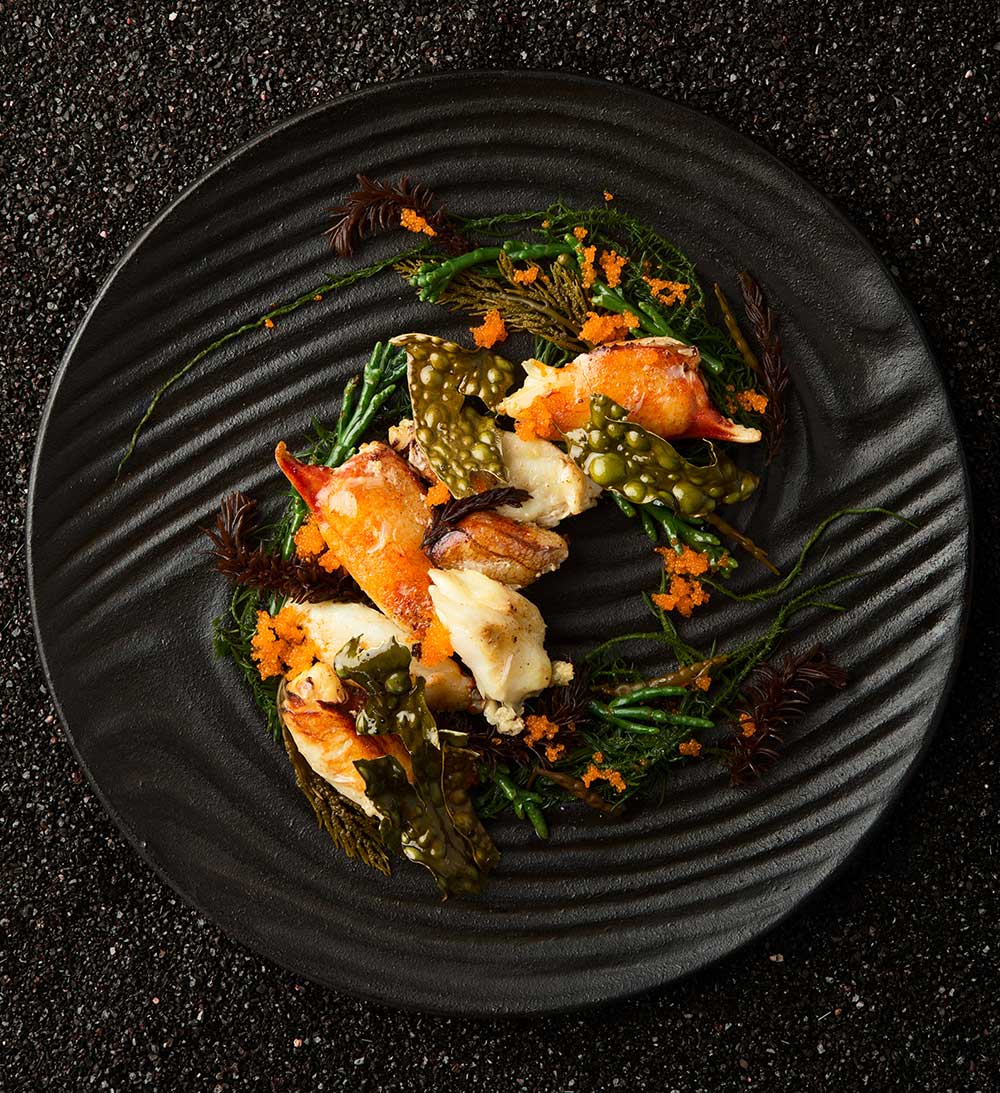
Essentially, it is a crab salad with saltwort and seaweed that has been cooked, pickled, made into crisps and raw, topped with a bit of smelt caviar I bought at a fish market.
Exactly how I made this dish is not important. Suffice to say it was everything I’d hoped for, and that I made it with the abandon and delight of a child, playing with the first toys he ever truly loved.

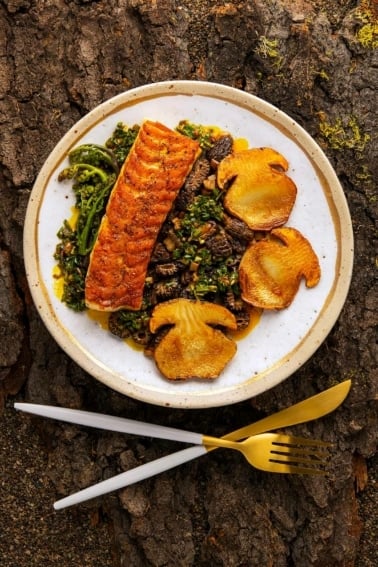
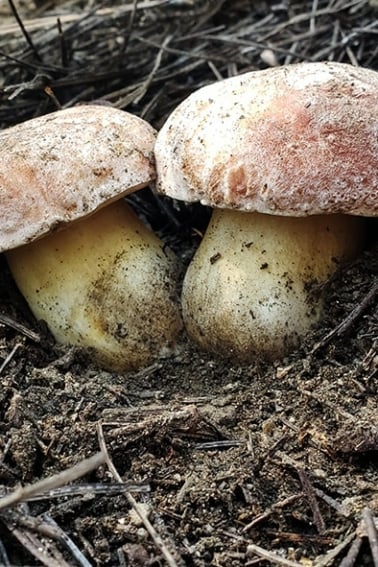
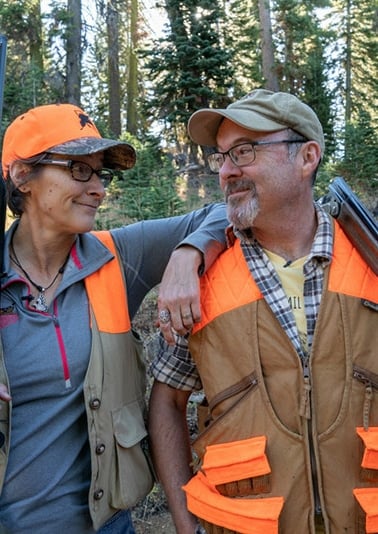
Central Oregon Coast…Santa Cruz… Like you, some of my earliest, most enjoyable and most visceral memories are gazing into tide pools while keeping an eye on the ocean. The missing ingredient is using the tide pools as an organic market! LOL!
Thanks Hank…
if only we had these in Cape May County.
Sorry for the dumb joke. But I would love to hear what you would do back here. Durty Jersey and all. There is a company making Cape May Sea Salt and I shudder at the thought.
Sublime
Hank, very fine, thanks!
I’ve been land-locked way too long. Must figure out a way to get to the ocean way more often. Also, really nice work on the photos, Hank – I’d expected to see Holly’s name, forgetting that you are no slouch yourself.
Just a wonderful post. Thanks Hank!!!
Great post. It felt like I was there 🙂
On looks alone, I would happily pay $40 to eat this dish in a restaurant, yet I feel even happier knowing that you didn’t have to. Wonderful post Hank. 🙂